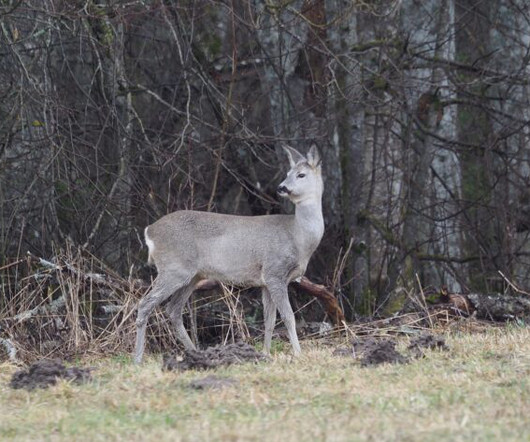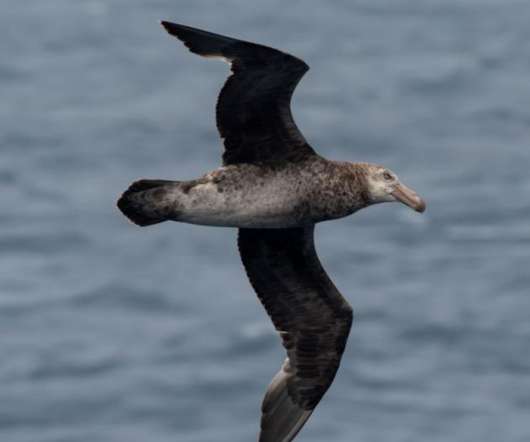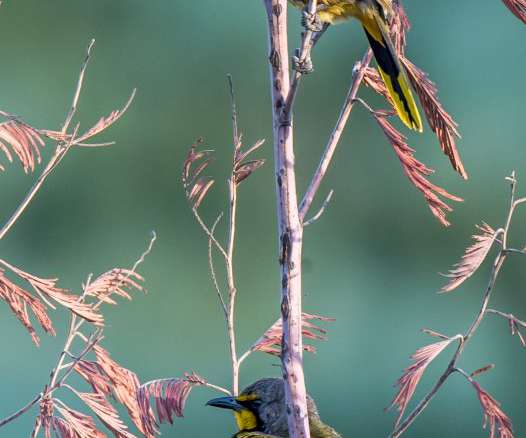Fur and Fangs rather than Feathers and Beaks
10,000 Birds
JANUARY 19, 2024
There’s also a much greater variety of species of deer living here now than than there were four or five hundred years ago, for along with our native Roe and Red Deer we also have large populations of Fallow, Sika, Reeves’s Muntjac and Chinese Water Deer. Reeves’s Muntjac , a highly successful invasive species in the UK.












Let's personalize your content